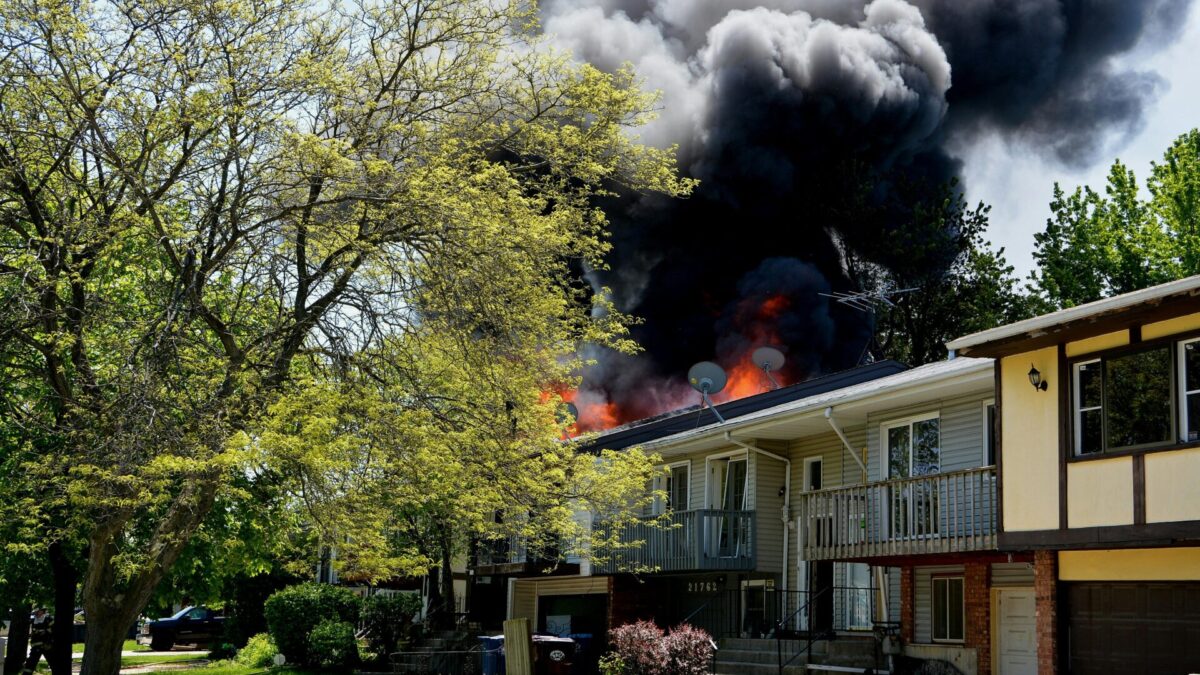No one reads their insurance policy for fun. It’s dense, technical, and full of language that makes you feel like you need a legal degree just to understand your own protection. So, we sign the papers, pay the premiums, and move on — assuming that when life hits hard, our coverage will catch us.
Until it doesn’t.
The truth is, most people only learn what their insurance really covers in the worst possible moments — after the accident, the flood, the fire, the illness. And that’s when the fine print stops being theoretical and starts being personal.
Here’s what those moments actually look like — and what they can teach us about preparing better, reading smarter, and protecting what matters before it’s too late.
1. The Claim That Never Clears
It’s easy to think of insurance as a safety net — but sometimes, it’s more like a web.
Imagine this: your car gets rear-ended. You file a claim, confident your auto policy has your back. Then the adjuster calls and says the damage isn’t covered because of a clause about “non-collision-related impact.” You reread your policy. It’s there — in fine print, page 7, paragraph 3.
This isn’t an outlier. It’s common. Insurance isn’t about intention; it’s about interpretation. The way your policy defines an event can make or break your payout.
Lesson: Don’t wait for disaster to read your policy. Before renewal, ask your agent to walk you through what’s not covered — not just what is.
2. The Flood That Wasn’t a “Flood”
One of the biggest surprises in homeowner’s insurance? Floods usually aren’t covered. Water damage from a burst pipe? Covered. Water damage from a storm surge or overflowing river? Not so much.
And here’s where people get caught: the insurer’s definition of “flooding” doesn’t match the homeowner’s. To your insurer, it’s not a flood unless it involves rising water from an external source. Everything else — sewer backup, leaks, rain through a damaged roof — might live in a gray zone.
Lesson: If you live anywhere near water, don’t rely on assumptions. Get separate flood or water damage coverage. The cost of prevention will always be less than the price of surprise.
3. The Hospital Bill That Should Have Been Simple
Health insurance is where fine print meets real life the hardest. A trip to the ER, a surgery, a new prescription — and suddenly you’re stuck in a three-way dance between the hospital, your provider, and your bank account.
Even with “comprehensive” coverage, you can still end up paying thousands out of pocket for out-of-network doctors you never chose, or procedures your policy categorized differently than your doctor did.
Lesson: Before a major procedure, ask every provider (doctor, anesthesiologist, lab) if they’re in-network. And get it in writing. Because when it’s your health, clarity is power.
4. The Business Claim That Reveals a Blind Spot
Entrepreneurs and freelancers are particularly vulnerable to fine-print pitfalls. Business interruption insurance sounds straightforward — until you realize it often excludes pandemics, cyberattacks, or supply chain disruptions.
The moment your operations halt, you learn what your policy doesn’t care about.
Lesson: Audit your business coverage annually, especially as your work evolves. If your revenue streams or equipment have changed, your old policy may not reflect your new reality.
5. The Emotional Fine Print
Beyond the contracts and clauses, there’s another truth: insurance doesn’t just test your finances — it tests your emotional resilience.
Filing a claim after loss is one of the most vulnerable experiences you can have. You’re tired, scared, and hoping the system does what it promised. When it doesn’t, it feels like betrayal.
But here’s the mindset shift: understanding your policy isn’t cynicism — it’s self-protection. Clarity isn’t cold; it’s compassionate.
You’re not preparing for failure; you’re preparing for peace.
Read It Before You Need It
Insurance fine print isn’t meant to trick you — it’s meant to define the rules of the game. The problem is, most of us start playing without ever reading them.
So, before life throws the next curveball, take a weekend to review what you’ve already paid for. Call your agent. Ask the uncomfortable questions. Because the moment you actually need your coverage isn’t the time to find out what it doesn’t include.
When the fine print meets real life, clarity is the most valuable coverage of all.
Unlock Full Article
Watch a quick video to get instant access.


Social Media